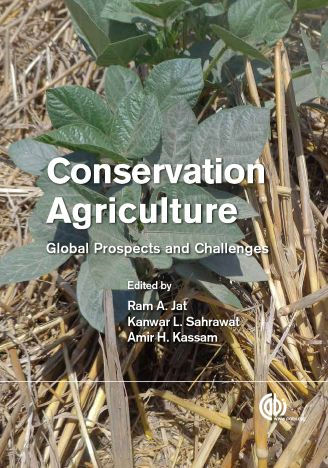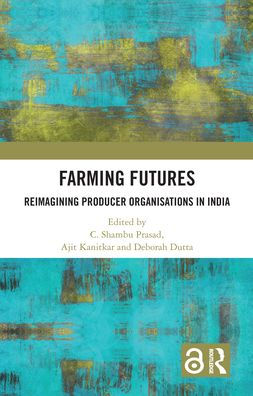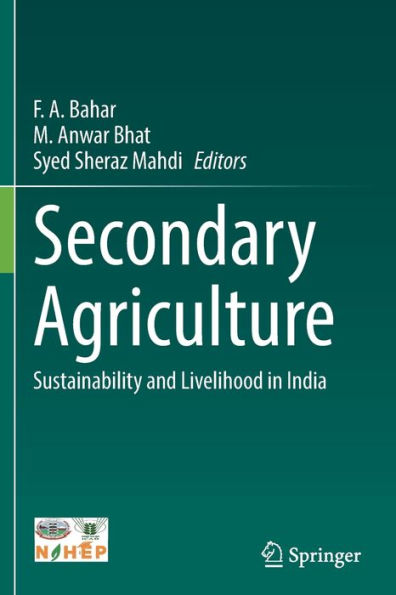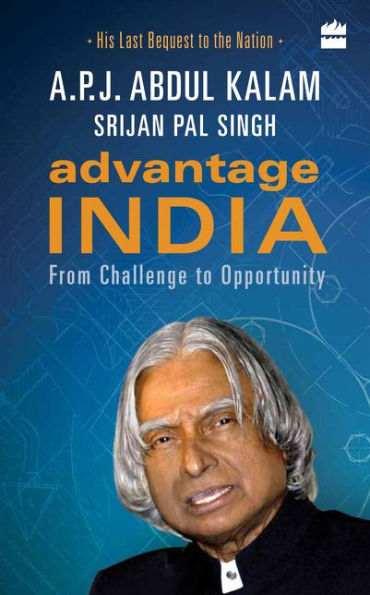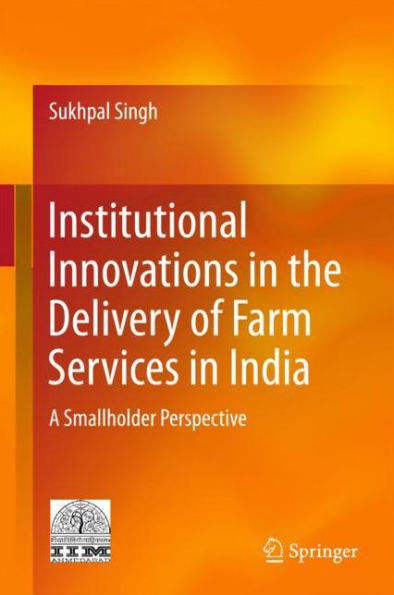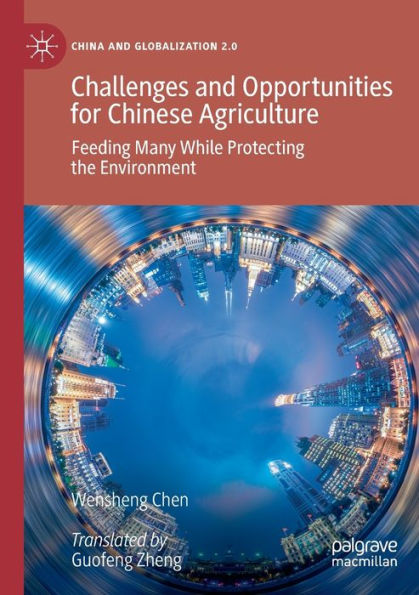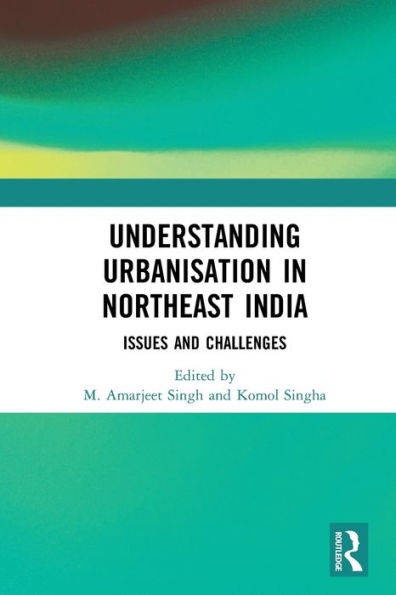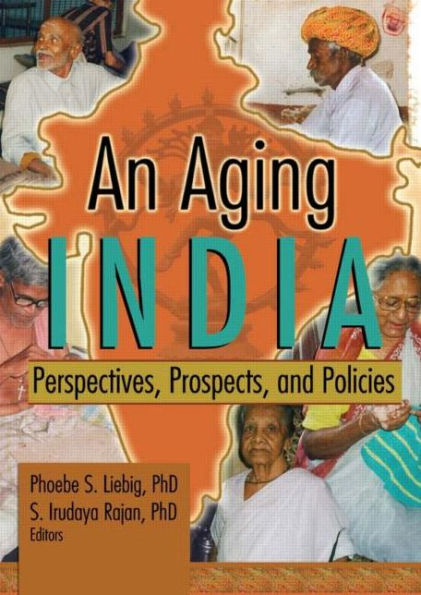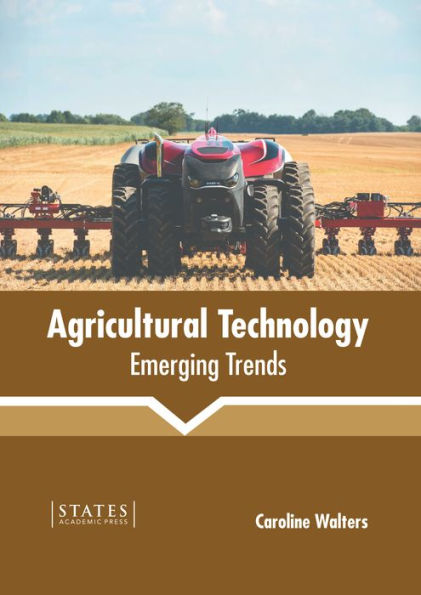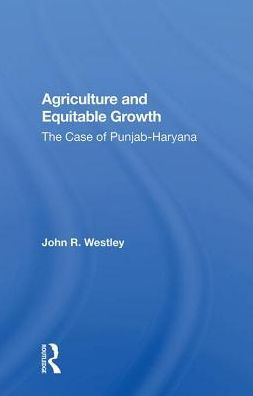
Compare Reorienting Indian Agriculture: Challenges and Opportunities
Barnes and Noble
$58.10
The Green Revolution of the mid-1960s and subsequent agricultural revolutions resulted in unprecedented gains in production, and halved the incidences of poverty and hunger. However, a growing world population and climate change bring new challenges alongside second-generation problems of the Green Revolution such as: decline in factor productivity, soil degradation, imbalanced use of nutrients, costly inputs, depletion of groundwater table, chemical contamination of food and feed as well as decline in farm income. This book sketches a journey from green to an evergreen revolution and India's ability to face those challenges through harnessing the best technologies and blending them with rich traditional knowledge. This book outlines the agricultural scenario in India, the multiple revolutions, and the reorienting of agricultural research for development, productivity and productions, including potential and possibilities of promoting GM crops. Genetic resources and natural resource management, and the role of seed sector in Indian agriculture are analyzed. Chapters consider climate smart agriculture, innovation in extension systems for efficient transfer of technology, empowering women and attracting youth in agriculture and the policy reforms to achieve these goals.

